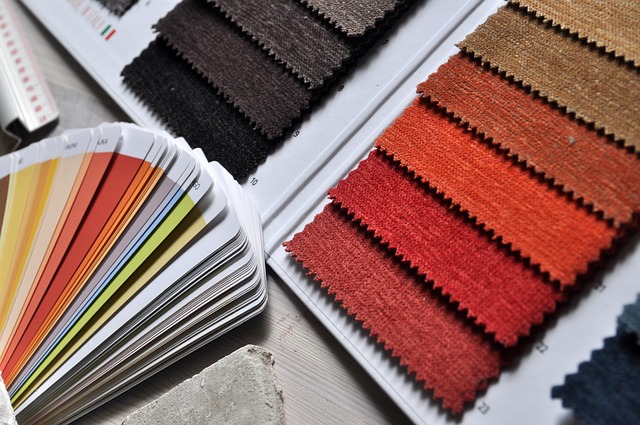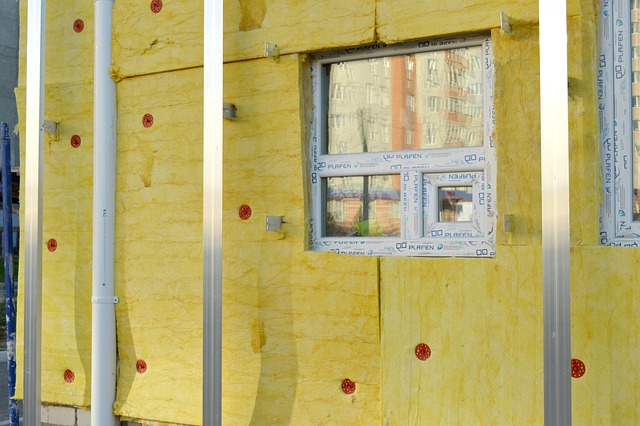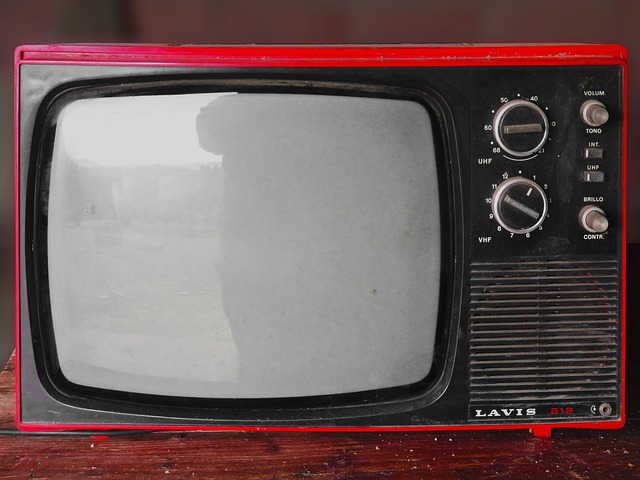When it comes to sound design in television, the importance of samplers cannot be overstated. The art of crafting an emotive soundscape often begins with these versatile tools. Samplers allow sound designers to manipulate audio in innovative ways, creating sounds that can transport audiences into the story, enhancing their viewing experience dramatically.
At its core, a sampler is a device or software that plays back recorded audio samples. With advancements in audio technology, today’s samplers provide an expansive playground for sound designers. They enable creatives to capture and manipulate a myriad of sounds, from dialogue snippets to atmospheric textures, layering these elements to form a rich auditory tapestry. It’s not just about playing back sounds; it’s about rearranging, transforming, and breathing new life into existing audio.
The use of samplers in TV sound design requires not only technical skill but also a keen artistic sense. Utilizing cutting-edge display technology, designers can visualize their audio work. Imagine working with monitors that allow you to not only hear the sound but also see the waveform and frequency analysis in real-time. This visualization aids in ensuring each audio element blends seamlessly, resulting in a polished final product that captivates the viewer’s attention.
Visualization is particularly critical when syncing sound to the visual elements of a program. Having access to high-resolution monitors can significantly enhance how sound designers perceive and manipulate their audio landscapes. The ability to view audio in alignment with video allows for precise timing and adjustments, ultimately elevating the storytelling experience. A sound that resonates sharply with the visuals can evoke emotions more strongly, guiding the viewers through the narrative’s ups and downs.
Furthermore, the integration of advanced samplers in combination with digital audio workstations (DAWs) has revolutionized the way sound designers approach their projects. The intuitive interfaces of contemporary DAWs coupled with powerful samplers provide a dynamic environment for experimentation. Designers can effortlessly layer sounds, manipulate effects, and create intricate soundscapes that align perfectly with the on-screen action. The synergy of these technologies is what drives modern-day sound design in television.
In the ever-evolving world of audio technology, staying ahead of the curve means keeping up with the latest advancements in samplers and display technologies. Innovations such as MIDI control and software samplers enable sound designers to perform live or arrange multi-layered compositions remotely, adding another dimension to their creative process. The potential for real-time adjustments on set can significantly elevate production quality and audience impact.
The journey of mastering samplers in TV sound design is both challenging and rewarding. As designers delve deeper into audio techniques, they often discover new ways to express emotion through sound. Experimenting with different sampler settings and visualization tools can lead to unexpected yet delightful creative discoveries, all of which add richness to the viewing experience. Each choice ultimately influences how audiences connect to the narrative, underscoring the profound power of sound in storytelling.



